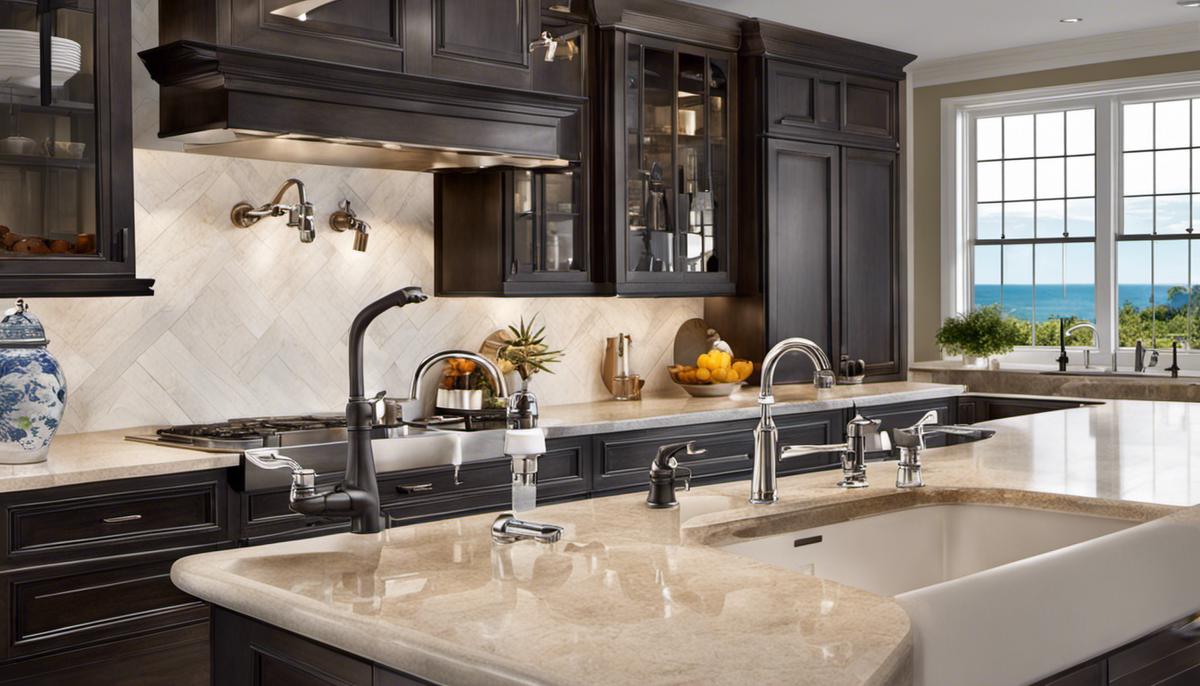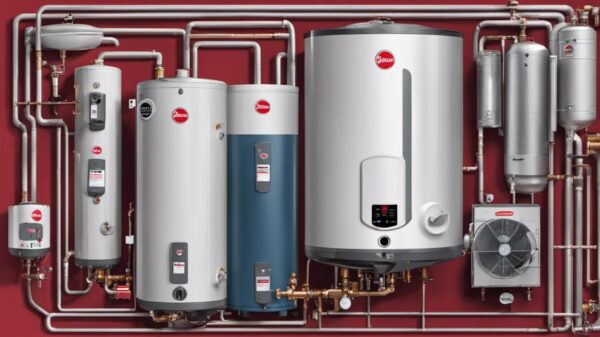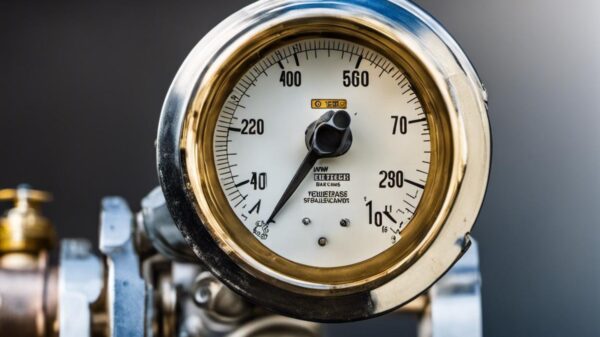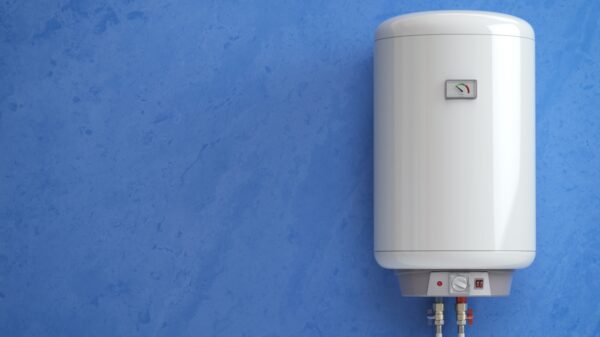The kitchen sink, the heart of every culinary experience, is vital to everyday tasks such as preparing meals, washing dishes, and more. Ensuring its functional health is paramount for an efficient household. To this end, understanding the anatomy of kitchen sink plumbing – including facets, sink drain, P-trap, and supply lines – is essential. This equips you with the knowledge to identify and resolve common kitchen sink problems such as clogged pipes, leaking taps, low water pressure, and a broken garbage disposal. In addition, a basic grasp of plumbing repairs can save you both stress and expense while knowing when to engage a professional shields your sink from further damage.
Understanding the Anatomy of Kitchen Sink Plumbing
Unmasking the Importance: A Peek into Your Kitchen Sink’s Structure and Plumbing
Enthusiasts of the practical art of plumbing, lend an ear! When we delve deeper into the realm of our beloved hobby, venturing beyond the realm of pipe wrenches and plungers, it’s impossible to overemphasize the importance of understanding the structures and parts of a kitchen sink. Each home-grown plumber needs to know this vital information as it forms the cornerstone of our trade.
Understanding the structural design and components of the kitchen sink can dramatically cut short the learning curve of basic plumbing. With this knowledge, you can take control of minor leakages or blockages before they spiral into complex, larger-scale issues.
Let’s ‘plunge’ right in!
Immediately, we find that the kitchen sink isn’t just a basin with a drain; it’s much more complex. A typical kitchen sink comprises the faucet, drain, strainer, tailpiece, trap (P-trap or S-trap, depending on its shape), and supply lines for hot and cold water.
The functionality of every part is specific and essential to the entire system. The faucet brings in water, the basin holds it, the strainer filters debris, and the drain rudely exits the unwanted fluid. Lastly, the hot and cold water lines, often overlooked, play the all-important role of temperature control.
Now let’s focus on our star player for today, the drain. The drain, with its accomplices, the strainer and tailpiece, acts as a gatekeeper. Efficient strainer-basket and tailpiece assembly is crucial to ensure the drain acts as a reliable barrier, preventing larger particles from sliding down the pipes.
Let’s not forget about the trap. Think of it as the unsung hero in the battle against unpleasant smells. The trap retains a small amount of water to create a seal against sewer gases, effectively preventing them from finding their way back into your home.
Finally, understanding the supply lines is paramount in any plumbing pursuit. Usually, the two pressurized lines run into the faucet, ensuring a unified supply of hot and cold water. Identifying and managing these lines appropriately can stave off potential plumbing disasters.
Naturally, comprehending these finer nuances of the kitchen sink’s structure equips a plumbing enthusiast to tackle maintenance and repair issues confidently. It also helps in recognizing when a problem surpasses do-it-yourself capabilities, necessitating professional intervention.
No one ever claimed plumbing as mere child’s play with pipe wrenches and drain snakes. It’s an art, a science, and sometimes, a therapy. And to master this domain, understanding the fundamental operation, and the structure of the kitchen sink is pivotal. So, dear drain doctors, remember, every component of your kitchen sink, no matter how small, holds significance in the grand scheme of plumbing. Dive in, explore, experiment, and enjoy the rush of the art of plumbing!
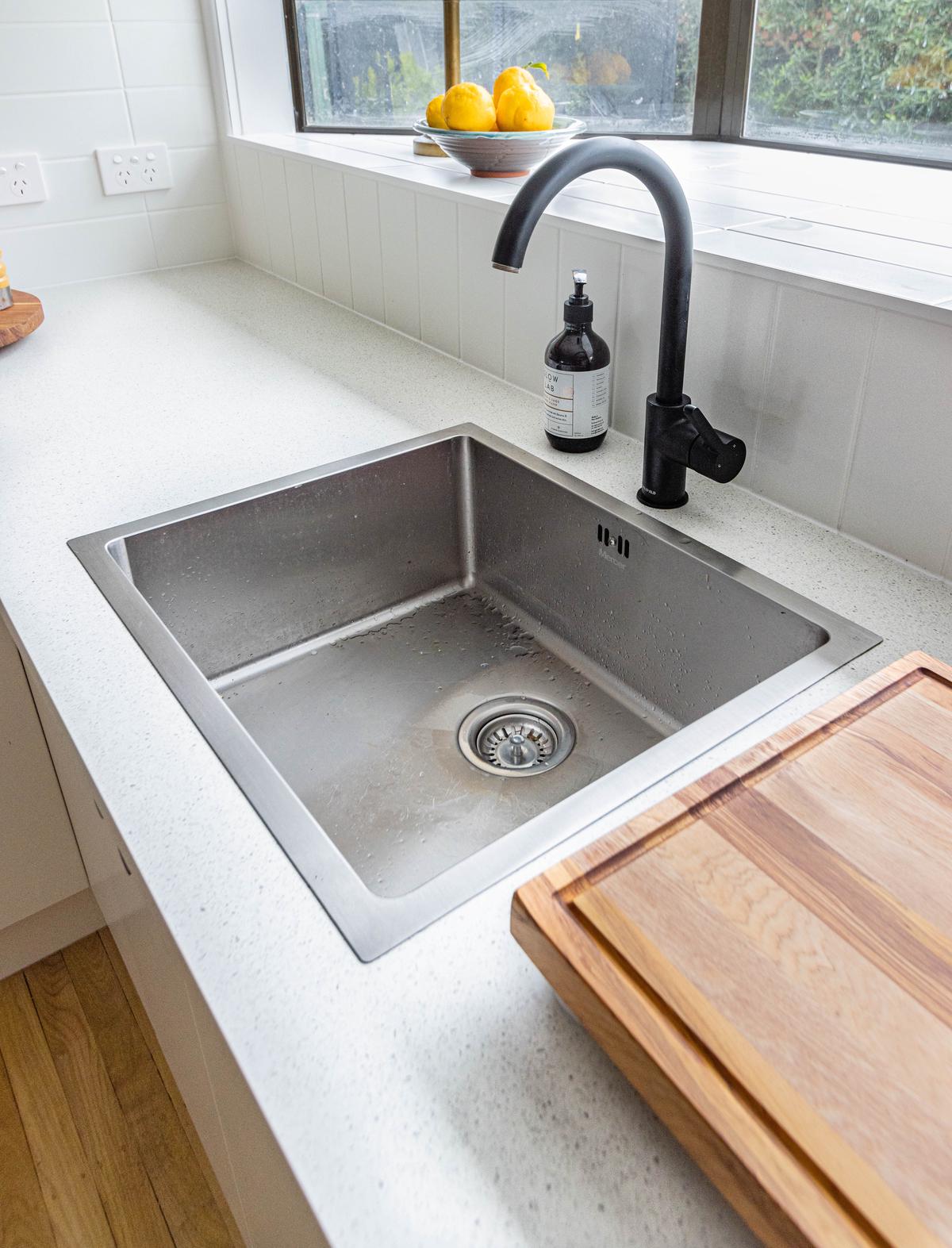
Photo by inkyhills on Unsplash
Diagnosing Common Plumbing Problems
Headlining Straight to the Heart of Common Kitchen Sink Issues
Venturing deeper into the world of DIY plumbing in the kitchen, you may encounter various challenges. Understanding the unique problems associated with kitchen sinks is key in maintaining an effective and efficient plumbing system. This knowledge, in turn, can also save you from hefty repair bills in the future. Let’s dive straight into these obstacles!
The Most Common Issues Encountered
- Sink Drain Getting Clogged: Quite possibly the champion of all kitchen sink woes, owing to the fact that all manners of food particles, gunk and grease are likely to find their way into the sink drain. Over time, these elements combine into stubborn blockages that prevent the drain from functioning optimally. Plumbers usually recommend using a plunger, a plumber’s snake, or a hand auger to handle these. Never use chemical cleaners as they can corrode your pipes.
- Leaky Faucet: A dripping faucet is an everyday problem that happens due to worn-out components. Replacing the worn-out parts often efficiently rectifies the issue, also saving you hundreds of gallons of water every year in the process.
- Low Water Pressure: When the water comes out of the faucet drip by drip or at a slacking speed, one probable reason can be clogging in the aerator due to sediment build-up. Cleaning the aerator regularly can easily solve this issue.
- Garbage Disposal Problems: These units come with a reset button that will fix most problems. However, if that doesn’t succeed, you might have to replace the unit.
- Leakages: Undetected leaks can slowly but progressively damage cabinetry and the kitchen floor. Regular checks under the sink for dampness and warping can help prevent extensive water damage.
- Broken Seal: Seals around the sink can wear and tear over time, causing leaks or looseness. While fixing broken seals is pretty straightforward using a caulking gun and plumber’s putty, it’s key to do so promptly to prevent more costly repairs down the line.
Safe Practices in Kitchen Sink Maintenance
Fundamentally, knowing and regularly practicing safe plumbing habits in the kitchen considerably reduces the chances of running into these problems. This involves not pouring grease or oversized food particles down the drain, routinely cleaning and inspecting your sink and its parts, and addressing any minor issues promptly before they exacerbate.
Additionally, having a good knowledge of kitchen sink plumbing doesn’t take away the need for professional help when necessary. Plumbers come with the expertise and tools that can address complex problems effectively and with minimal damage. Drill deep into your passion for plumbing, keep exploring, and enjoy the ride on your journey to becoming your home’s go-to handyman. Remember, practice makes perfect!
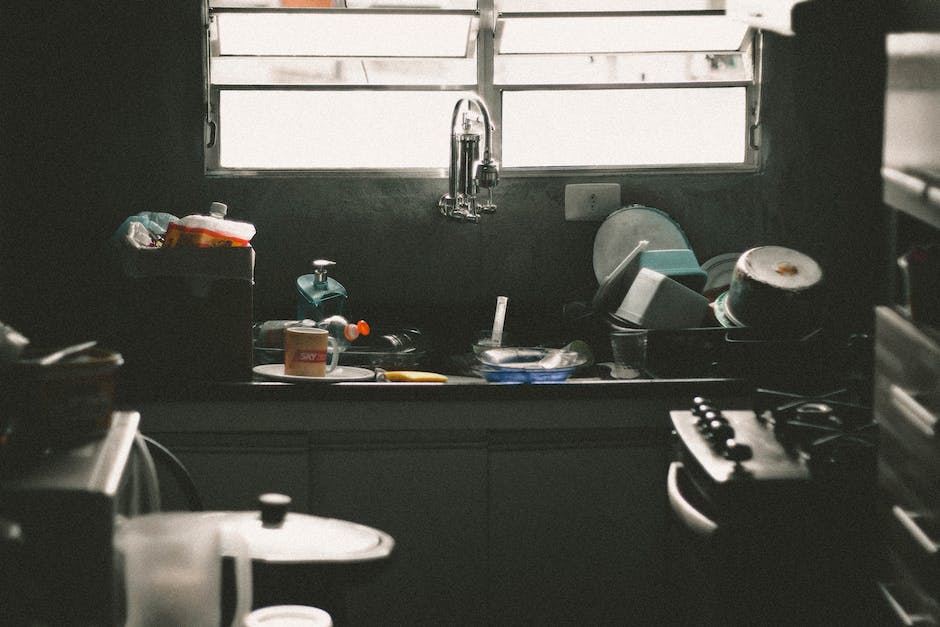
Performing Basic Plumbing Repairs
Yes, indeed! Managing your kitchen sink plumbing is feasible with certain issues. In fact, being a proactive hobbyist provides that sweet sense of accomplishment not comparable to any professional help. Having a good understanding of the structure and functionality of each part of your sink, it’s now time to pull up our sleeves and journey through the DIY repair process.
Clogged drains are common. Say you plunged, However, the clog persists. Now what? Don your gloves, disassemble the pipes under the sink. Use a plumber’s snake or auger to break up the clog. Be sure to place a bucket underneath to catch any water. Reassemble the pipes and run hot water to clear any remaining debris.
A leaky faucet results from a worn-out O-ring or valve seat. Quiet that drippy tap by disassembling and exploring its internal setup. Most likely, you’ll find a worn-out washer that needs replacing. Don’t forget to turn off the water supply before starting your faucet repair adventure. The key is ensuring the new washer fits perfectly for a drip-free faucet.
Experiencing low water pressure from your kitchen faucet? That might be the aerator. Remove it, clean it thoroughly, or replace it if worn out. Don’t overlook the importance of systematically reassembling the parts afterward.
Now, for garbage disposal dilemmas. If not running, check the power supply or reset button underneath the unit. If still unresponsive, use an Allen wrench to manually rotate the disposal’s motor shaft. Sometimes, good old manual intervention solves problems, reminding us of the essential connection we have with our everyday used stuff.
Leakages, ah! The bane of any sink owner. A leaky pipe underneath your sink usually hails from a broken seal. Simply tighten the nuts. If it doesn’t work, replace the washer, or for a worst-case scenario, the whole pipe.
Let’s not forget safety! Turn off water valves when working and always double-check reassembled parts for secure fastenings. Practice makes perfect, and as you embark on each of these DIY plumbing adventures, you’re certain to acquire new skills and knowledge.
Yet, there are times when it’s best to offer the reins to a professional. Persistent issues, larger leaks, or unfamiliar problems need expert intervention. But don’t be disheartened. Every challenge encountered and overcome is another milestone in your plumbing journey. Just remember: When it comes to DIY plumbing, truly, the world is your clam, waiting to be pried wide open, explored, and mastered.
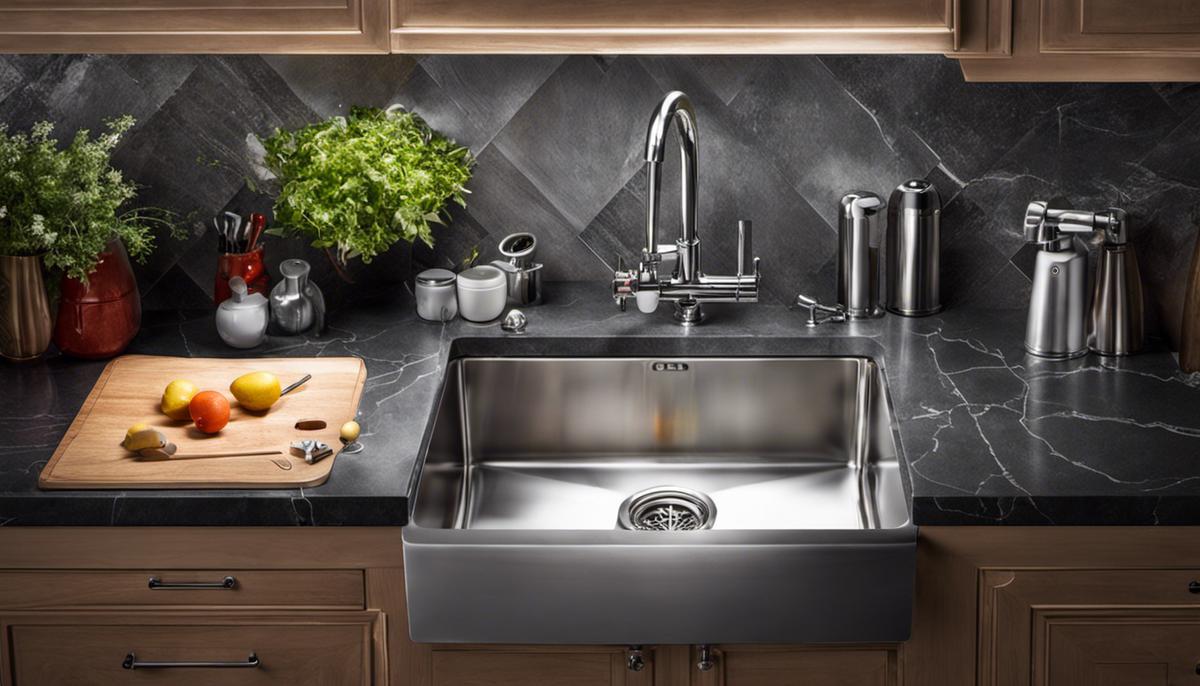
Whether it’s a soothing cup of tea or a lavish family feast, our kitchens are a hub of nurturing activity largely thanks to a functional sink. By understanding the anatomy of kitchen sink plumbing, you’ll be empowered to diagnose and potentially solve basic plumbing problems. You’ll be able to recognize the signs and causes of issues like leaks, clogs, and poorly performing garbage disposals. When an issue goes beyond the scope of a DIY repair, you will know when to call a professional to prevent more severe damage to your plumbing. Ultimately, a solid foundation in kitchen sink anatomy and plumbing can save you a lot of time, money, and unnecessary stress.


